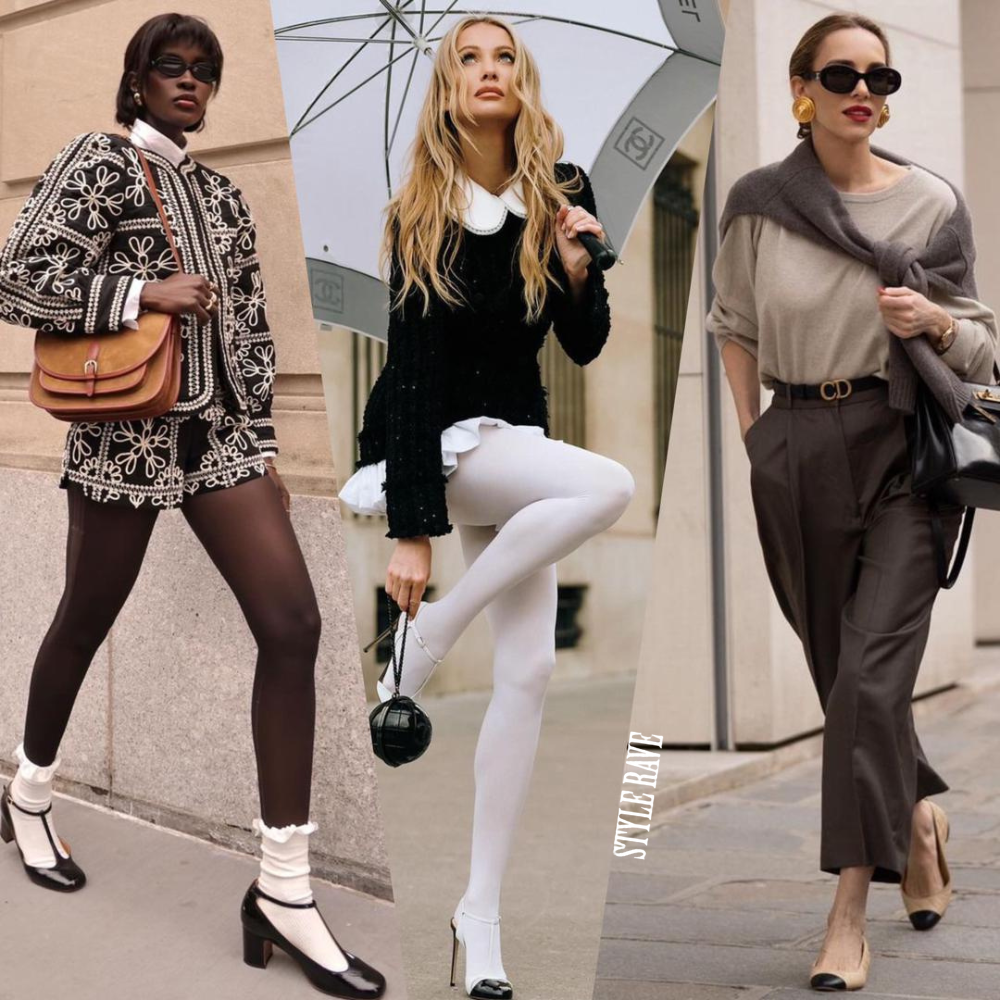How To Treat The Appearance Of Jowls

A creative writer with a voracious appetite for fashion, beauty,…
J
owls are the sagging or drooping skin that develops along the lower jawline and cheeks as a person ages. They are often characterized by a loss of skin firmness and elasticity, resulting in a noticeable looseness or “bulging” appearance in the lower face. Jowls can vary in severity from subtle to more pronounced, depending on factors such as genetics, skin quality, and lifestyle habits.
Jowls are a common sign of facial aging and are typically caused by a combination of factors including collagen and elastin depletion, gravity, sun damage, and loss of facial fat volume. These things happen, but we must be aware of the causes before we can discover ways to prevent and possibly fix saggy jowls.
NOTE: It’s important to develop patience to follow through even when results are slow.
Causes of jowls
Jowls can be caused by various factors, including aging. The natural aging process leads to a decrease in collagen and elastin production, which are essential proteins for maintaining skin elasticity and firmness. As these proteins diminish, the skin loses its ability to bounce back, resulting in sagging and the formation of jowls.
Some people are genetically predisposed to developing jowls earlier or more prominently than others. Therefore, family history can play a significant role in determining the rate and extent of facial aging.
In addition, UV radiation from the sun can accelerate the breakdown of collagen and elastin fibers in the skin, leading to premature aging and the formation of jowls. Protecting your skin from the sun with sunscreen and sun-protective clothing can help minimize sun-related damage.
Lifestyle habits such as smoking, poor diet, lack of exercise, and chronic stress, can also contribute to the development of jowls. Smoking, in particular, has been linked to accelerated skin aging and loss of skin elasticity.
Furthermore, gravity exerts a continuous downward force on the skin, causing it to gradually sag over time. This effect is especially pronounced in areas where the skin is thinner, such as the cheeks and jawline, leading to the formation of jowls. As people age, they may experience changes in facial fat distribution, with fat deposits shifting downward due to gravity. This can contribute to the appearance of jowls, as the skin loses support from underlying fat pads.
Certain facial expressions, such as frowning or squinting, can also contribute to the development of lines and wrinkles over time, including jowls. Overusing certain facial muscles can lead to muscle laxity and sagging skin.
While aging is the primary cause of jowls, a combination of these factors can contribute to their development. Maintaining a healthy lifestyle, protecting your skin from sun damage, and considering non-invasive cosmetic treatments can help minimize the appearance of jowls and promote a more youthful-looking appearance.
Treatment
Treating the appearance of jowls typically involves a combination of lifestyle changes, skincare practices, and cosmetic procedures, including:
- Regular facial exercises targeting the muscles around the jawline and cheeks may help strengthen and tone the area, reducing the appearance of jowls over time. Since, excess weight can contribute to the formation of jowls, maintaining a healthy weight through a balanced diet and regular exercise may help prevent or minimize their appearance.
- Use skincare products containing ingredients like retinoids, peptides, and antioxidants, which can help improve skin firmness and elasticity. Moisturizing regularly can also help keep the skin hydrated and plump. Also, protect your skin from sun damage by wearing sunscreen daily and avoiding excessive sun exposure. UV radiation can accelerate skin aging and contribute to sagging skin.
- Injectable dermal fillers containing hyaluronic acid or collagen can be used to add volume to the cheeks and jawline, reducing the appearance of jowls and creating a more youthful contour. Radiofrequency (RF) treatments stimulate collagen production and tighten the skin, which can improve the appearance of jowls. This non-invasive procedure requires multiple sessions for optimal results.
- Ultherapy is another solution. It’s a non-surgical procedure that uses ultrasound energy to lift and tighten the skin on the face and neck, including the jowl area. It stimulates collagen production and improves skin elasticity over time.
- A thread lift is a minimally invasive procedure that uses dissolvable sutures to lift and tighten sagging skin, including jowls. Results are immediate and continue to improve over several months as collagen production increases, making it one of the most popular treatments for jowls.
- For more severe cases of jowls, surgical procedures such as a facelift or neck lift may be recommended. These procedures involve removing excess skin and tightening the underlying tissues to create a more youthful appearance.
It’s essential to consult with a qualified dermatologist or plastic surgeon to determine the most appropriate treatment option based on your individual needs and preferences. They can assess your skin condition and recommend a customized treatment plan to address your concerns effectively.
Featured image: Prostock-Studio/iStock
For the latest in fashion, lifestyle, and culture, follow us on Instagram @StyleRave_
All rights reserved. This material, and other digital content on this website, may not be reproduced, published, broadcasted, cached, rewritten, or redistributed in whole or in part without prior express written permission from STYLE RAVE. Use of and/or registration on any portion of this site constitutes acceptance of our Terms & Conditions and Privacy Policy.
—Read also
A creative writer with a voracious appetite for fashion, beauty, lifestyle and culture. As one who's passionate about the advancement of the woman, creating content that inspire smart style and living, and positive lifestyle changes is a calling I take seriously. At Style Rave, we aim to inspire our readers by providing engaging content to not just entertain but to inform and empower you as you ASPIRE to become more stylish, live smarter and be healthier. Follow us on Instagram @StyleRave_ ♥



